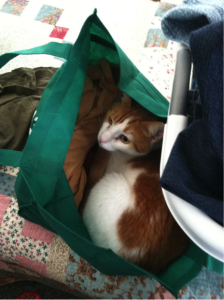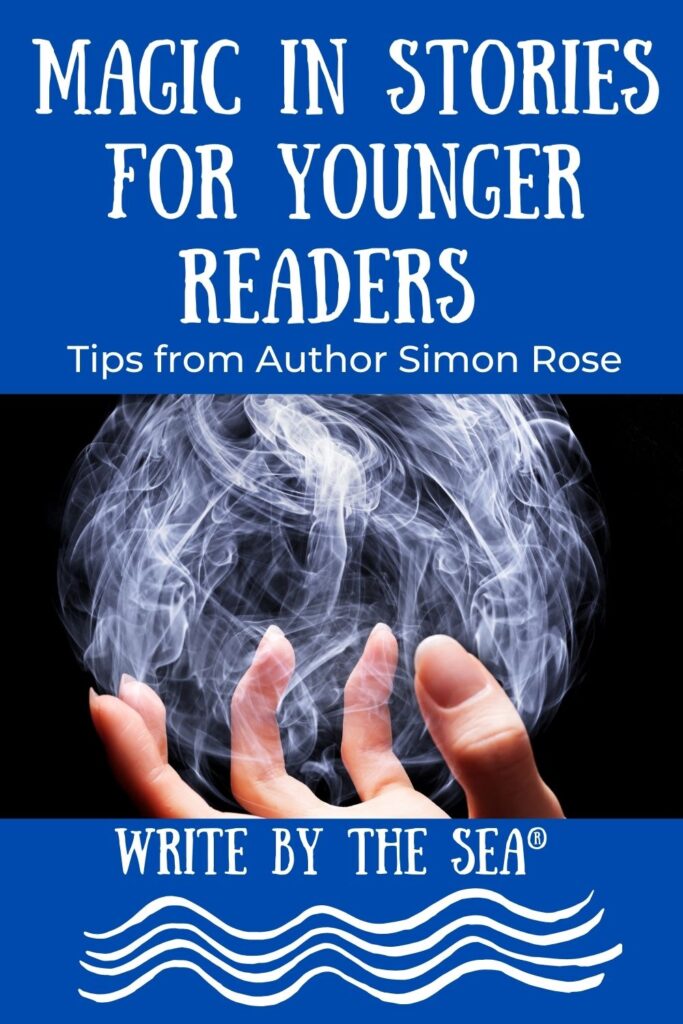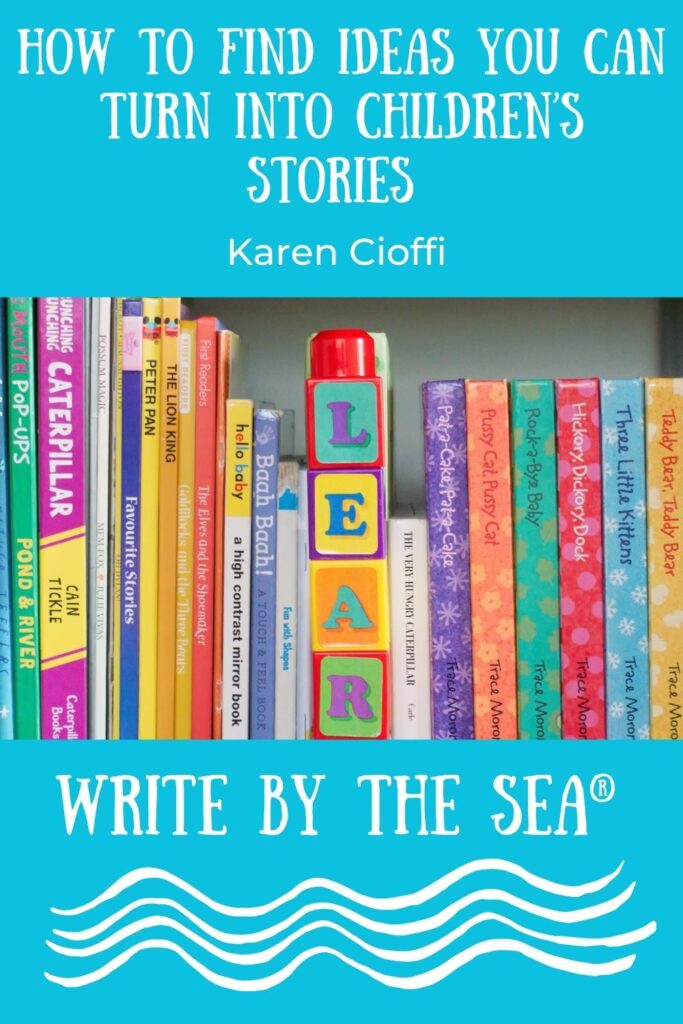(written by Sandman, cat and writing buddy of Nancy I. Sanders)

Everyone wants primary sources in their nonfiction and even references for facts in their fiction these days.
What’s a cat gonna do?
I tried hiding in a bag and never dealing with it, but then I got too hungry for tunafish tacos so I had to come out.
So I decided to try a new tactic. I’d hunt those primary sources down and pounce on ‘em! First plan of attack was to sneak around the house, hide behind the couch, and jump out at any unsuspecting spider crawling by.
But that didn’t get me very many primary sources.
What are primary sources anyhow?
I looked up the definition of primary sources in my cat-dictionary and discovered they are:
Autobiographies: Whenever a cool cat writes a book or article about her own life, it counts as a primary source.
Diaries: My cat friend, Pitterpat, keeps a diary and in it she chronicles every detail about Devin and Derby, the two Rat terriers who live next door. Pitterpat knows those little yappers are up to evil designs and she’s determined to prove it! Diaries are a primary source.
More primary sources include
• letters people actually wrote
• artifacts, buildings and landmarks that were actually there during the era
• e-mails, interviews, photographs, official documents
• and speeches people actually spoke
But how do you FIND primary sources? I’ve tried digging in the dirt in every single potted plant in our house, pulling out all the tissues and reaching in the bottom of a tissue box, and shredding every paper that comes out of the printer, but that only got me in trouble!
So then I tried a new tactic. I already had a pile of picture books and books for kittens on my topic. This time, however, I went to my library and borrowed every book on my topic written for mature cats. These books have FOOTNOTES. (I think they should call them pawprints.) And these books list many many primary sources in the back where they cite those pawprints…I mean footnotes.
Plus these books have PHOTOGRAPHS and PAINTINGS from the actual era of my topic. I looked in the back for the places who own those primary sources and made a note to contact them and find out what kind of permissions they give to cats who want to use them. (Like me.) And when I contact them I’ll find out if it’s free to use them or if I have to pay them to use it. Plus they’ll tell me how I can get the right resolution to use on my website or in my article or book.
Then I went online and googled my topic. I didn’t look at Wikipedia like I normally do. (Okay, okay, I know that’s a no-no for research but it’s handy!) Instead, I read articles that looked official on my topic that were posted by museums and universities and national archives. I looked at THEIR footnotes to see where they got their primary sources. Plus, a lot of them have digitized primary sources such as diaries and ancient autobiographies and paintings and images of artifacts. So I checked on each of their pages for “rights and permissions” and details about how I can use the information from their sites. I even e-mailed the contact e-mails and asked people about rights and permissions, just to cover my bases.
So when my writing buddy, Nancy I. Sanders, was writing her book on Frederick Douglass for Kids, I gave her some tips and advice.
For example, I told her she could find this photograph of Frederick Douglass at the Library of Congress Prints and Photographs site.
It says: Rights Advisory: No Known Restrictions on Publication
I assured her she could be pretty safe using that photograph in any way, shape or form as long as she included the credit line with it.
What kind of credit line, she wanted to know. Yikes! Does a cat have to know everything?! I told her to dig around on the Library of Congress site to see what kind of credit line they say to use. I also told her to check in other books by the same publisher that she was writing for (or another current publisher who uses stuff from the Library of Congress) and see how they are citing the Library of Congress.
But then I told her she had to be careful about using this photo of Frederick Douglass from the Library of Congress because it did NOT include that same line about rights advisory. She’d have to try to find out who owned it and ask THEM for permission to use it and details about how that could be done.
Plus I told her to check out museums and historic sites on Frederick Douglass, so she did. She found out that places like the National Park Service would let her use their digital images for free on her website as long as she included the credit line they want. So she did! You can see how she did this and you’ll also see this awesome painting of Douglass that’s on her book’s website by clicking here. Plus, she found out she could use images for a cost in her book. They told her the steps to take and the fees it would involve. So she did!
I guess you could say working with primary sources is like hunting for ants. I can hear them marching behind the baseboard inside the wall, but I gotta figure out how to get them out here in the open where I can eat them. I’ve tried smearing tunafish next to a little nail hole. That worked for a little while. They came out by the hundreds! But then the pest control guy was called out to spray them. So now I gotta think about my next strategy.
The bottom line is that there is no specific strategy for hunting ants except for search and dig around and search and call or e-mail the people you gotta call. It’s the same for working with primary sources. It’s just what a cat’s gotta do.
For more information, tips, and techniques on research, visit the site of Sandman and his writing buddies at https://writingaccordingtohumphrey.wordpress.com/writers-notebook-worksheets/ or get Nancy’s how-to book for children’s writers, Yes! You Can Learn How to Write Children’s Books, Get Them Published, and Build a Successful Writing Career at http://yesyoucanlearn.wordpress.com
Want to learn how to write a children’s nonfiction book in just one month?
Register for this online audio workshop, below.
Find out more at www.writeachildrensnonfictionbook.com.
For more informative and cat-chy articles by Nancy’s cats, please visit their website at:
https://writingaccordingtohumphrey.wordpress.com





